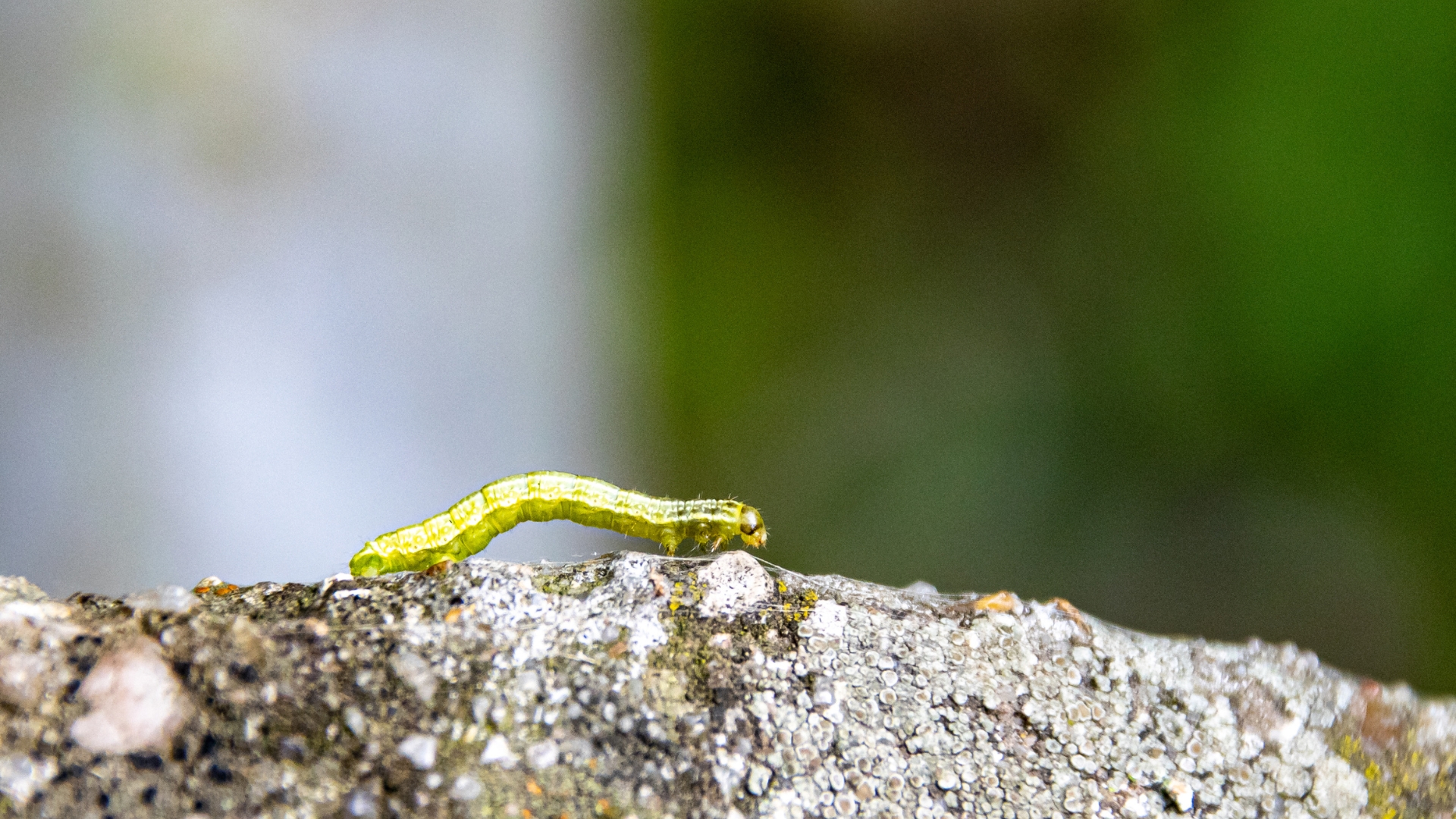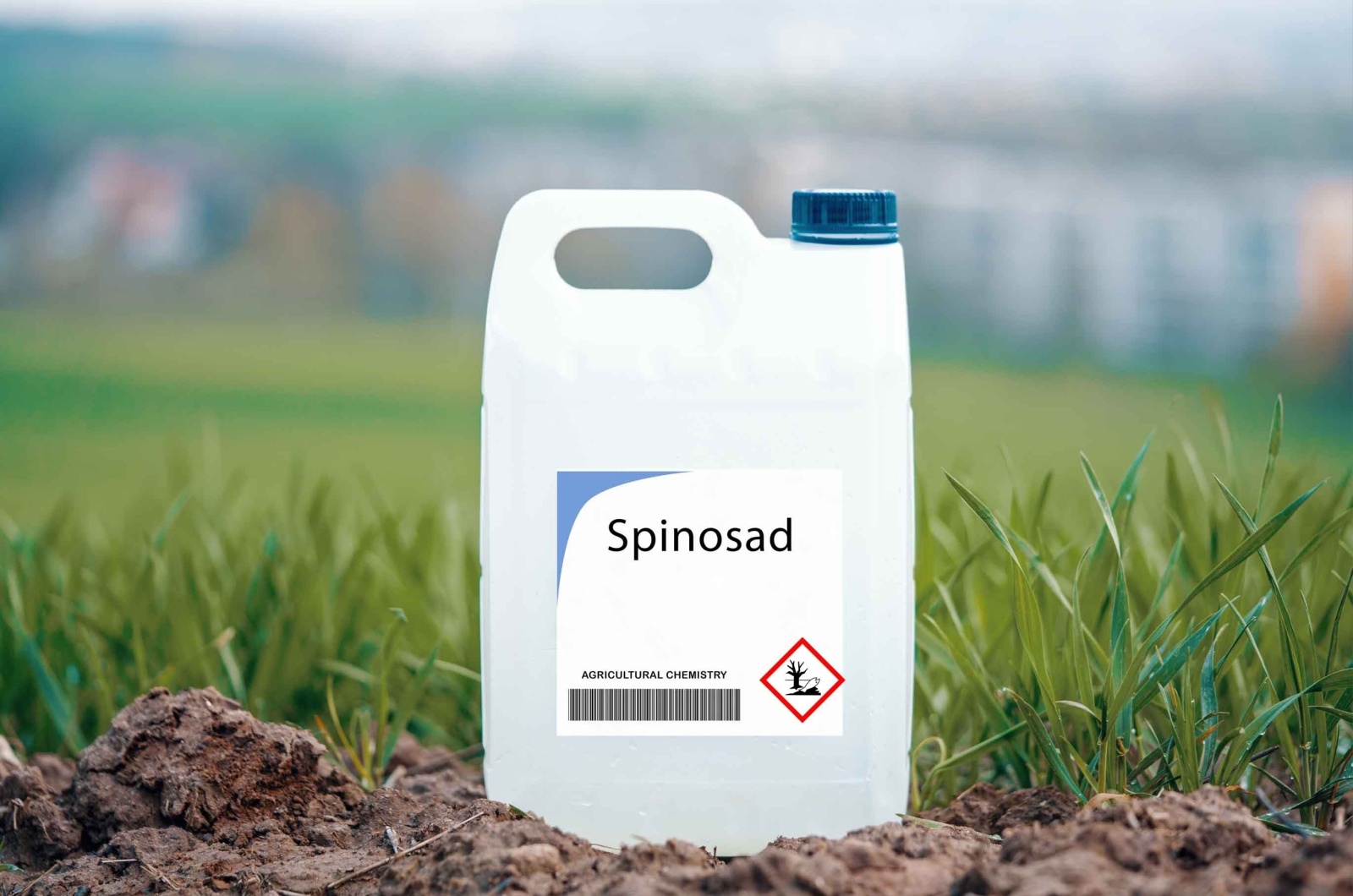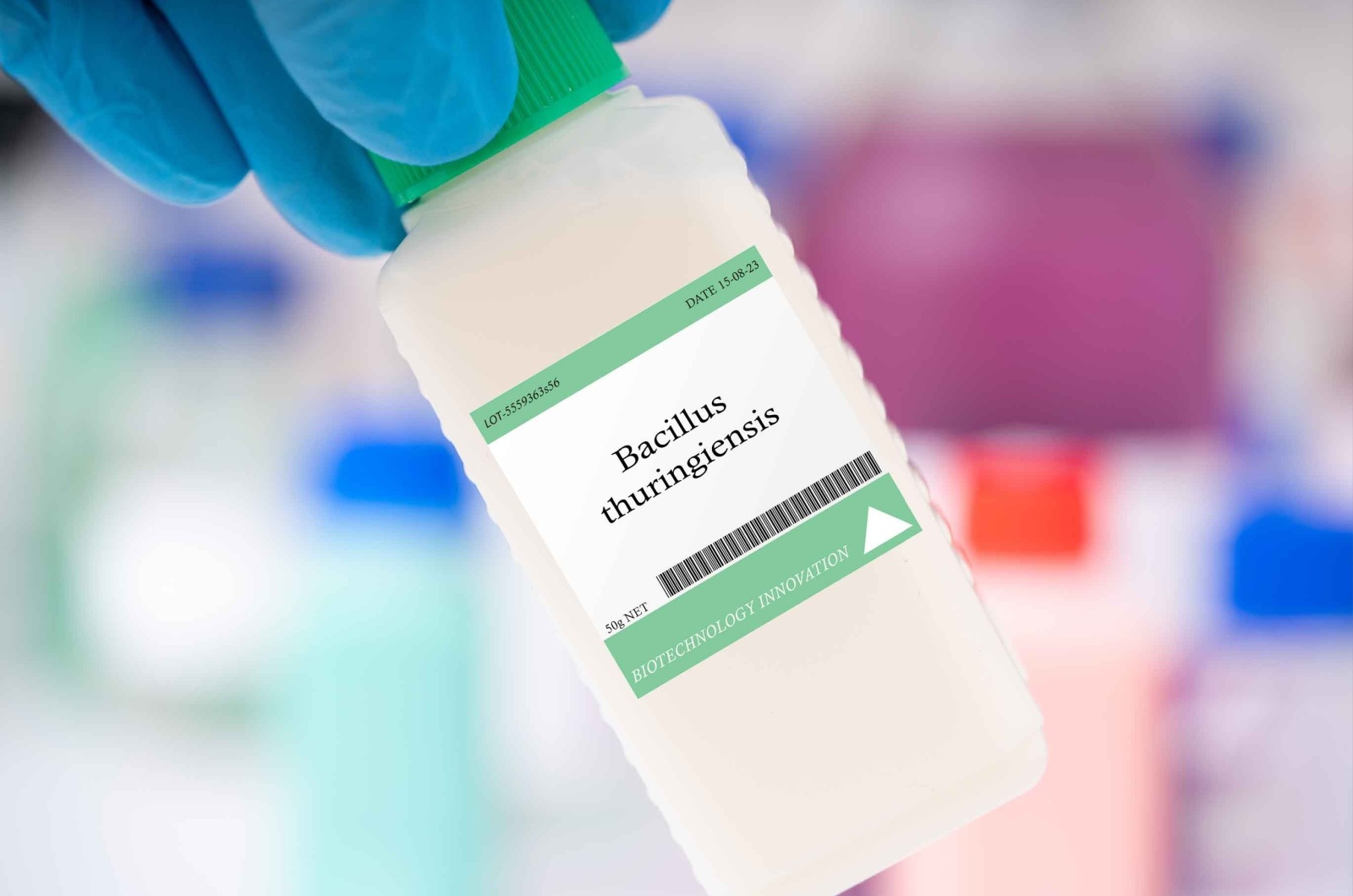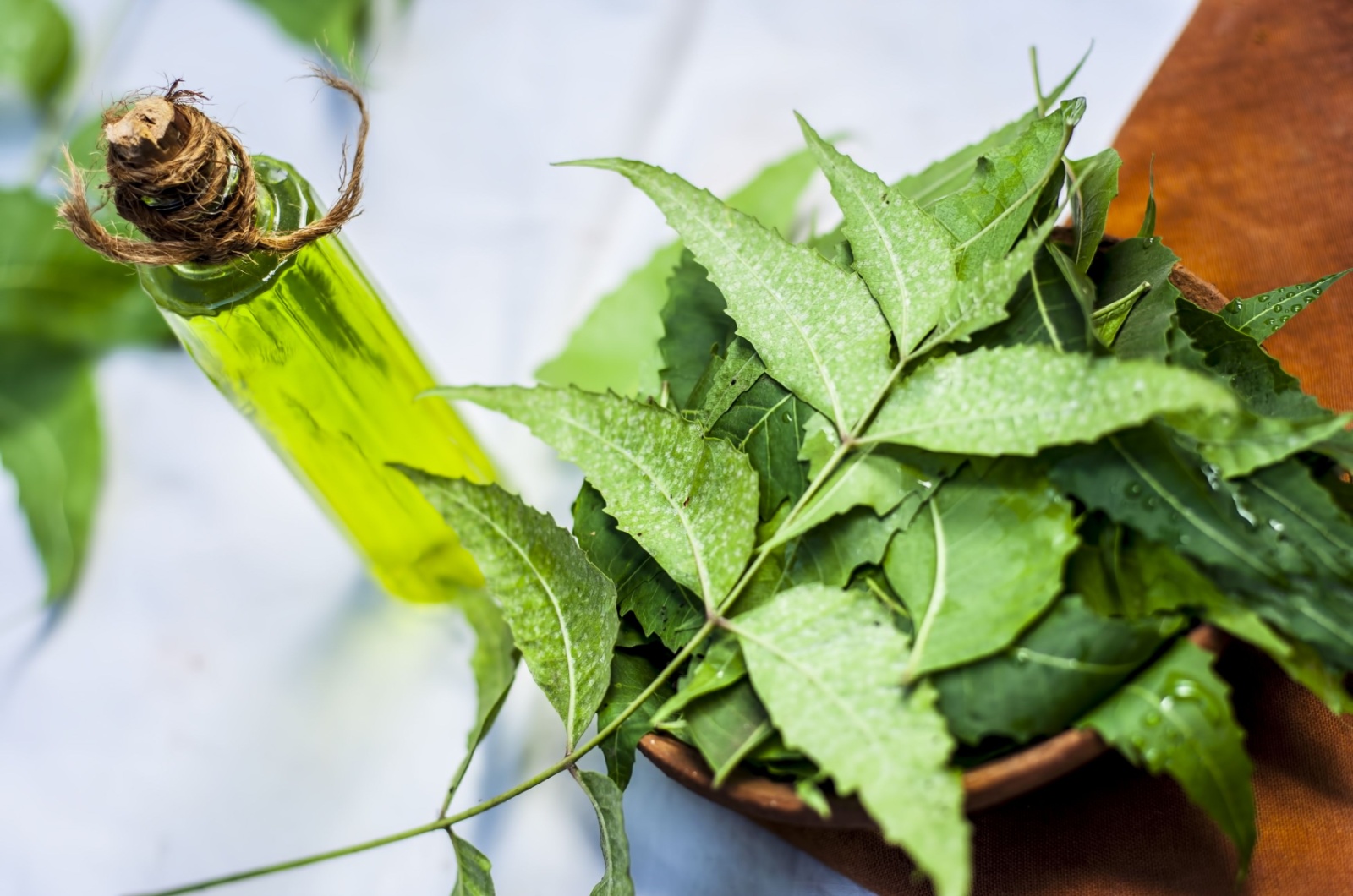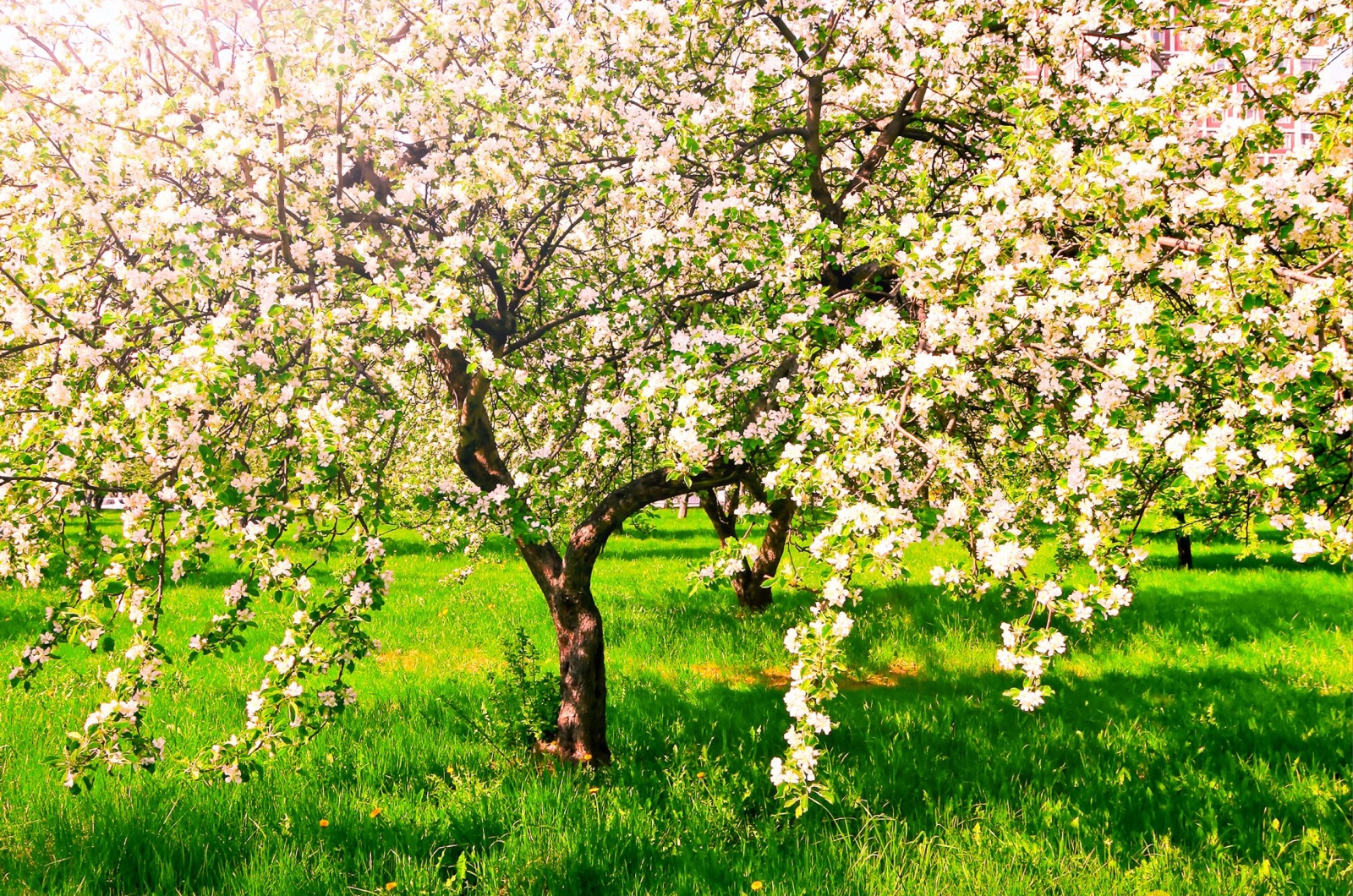I don’t even remember how many times my fellow gardeners warned me about tree pests. I knew these tiny creatures were dangerous but, obviously, I didn’t know enough.
This was until my maple got seriously infected by a super small yet very destructive cankerworm! This is actually a type of caterpillar and there’s a huge reason why it has such a bad reputation.
It takes a little time for the cankerworms to weaken trees after munching on their foliage. As a result, trees become susceptible to many diseases and that’s when things get too serious.
The main issue is that cankerworms can attack many tree species, such as cherries, apples, and oaks. This means no one is safe!
I simply didn’t want to lose my maple, so I did everything to save it. Luckily, there are a few methods that can help you eliminate cankerworms once and for all.
But there’s no need for you to go with the trial and error method because I’ll show you the 3 that work best:
1. Spinosad For Severe Infestation
As soon as I hear the word chemical, I’m no longer interested in such treatments for my plants. Well, there are some natural insecticides you can use in organic gardening.
The best example is spinosad, which is derived from the soil bacterium and is commonly used for pest control.
Scientists use the term nerve toxin to describe this substance. It’s basically a compound that leads to paralysis and entirely eliminates cankerworms and other pests after they ingest it.
I sprayed the leaves of my tree with a spinosad solution. If you have fruit trees infested with cankerworms, you can also spray the fruits themselves.
2. BT For Larvae Destruction
Look, I’m not into abbreviations and the modern uses of language but this has to be done this way. BT stands for Bacillus thuringiensis (too hard to pronounce) and it’s a type of bacterium that appears naturally in the soil.
Yes, the name sounds complicated, but this is an excellent way to combat annoying cankerworms. Its main target is the larvae and it isn’t dangerous for beneficial insects on your tree.
You’ll have the most success if you apply this solution in spring and spray only the infested foliage.
3. Horticultural Oils For Less Dangerous Cases
If you’re lucky enough and cankerworms haven’t done a lot of damage to your tree, you can go with an old-school method: horticultural oils.
The thing is that these oils might help in the cases of severe infestation but you would need to apply them repeatedly. Their main role is to coat the tiny bodies of cankerworms and suffocate them.
This does sound like a cruel way to get rid of pests but it’s either them or our trees.
After you spray the tree leaves infested with cankerworms, the oils will smother the larvae and they won’t be able to hatch anymore.
The great news is that horticultural oils don’t pose a threat to other beneficial organisms or wildlife.
But Prevention Is The Best Medicine!
I wish I could tell you that there’s some magical ingredient that will keep all your plants protected from all pests. Such a thing obviously doesn’t exist but something is pretty close.
Of course, I’m talking about prevention, and that’s exactly your main weapon against cankerworms.
A healthy tree is always less susceptible to pests, so ensuring the best possible conditions for your green giants should be your priority.
One of the first things on your tree care to-do-list is pruning. Regular pruning will increase the airflow within the tree canopy and it won’t be very attractive to any annoying creatures.
And make sure to always remove the dead, damaged, or diseased branches or leaves because they keep spending tree energy, making it weaker.
Next, meet your tree’s water, nutrient, and light requirements. Each tree is different, so you should check specific care needs for yours.
Last, but definitely not least, inspect your trees for pests and diseases! I know that many of you skip this part but trust me, it can save you so much trouble.
None of the insects or bacteria will put your tree in danger if you catch it early enough and treat it. If there are holes in the leaves or they start dropping, inspect closely for cankerworms.
You may see that some gardeners put sticky barriers on the tree’s trunk so that these notorious creatures can’t reach the canopy. Well, you can try it but I didn’t notice any differences. You know what they say, don’t underestimate your enemy!
Ready to enter the battle against cankerworms? The winner, I mean you, takes it all!

